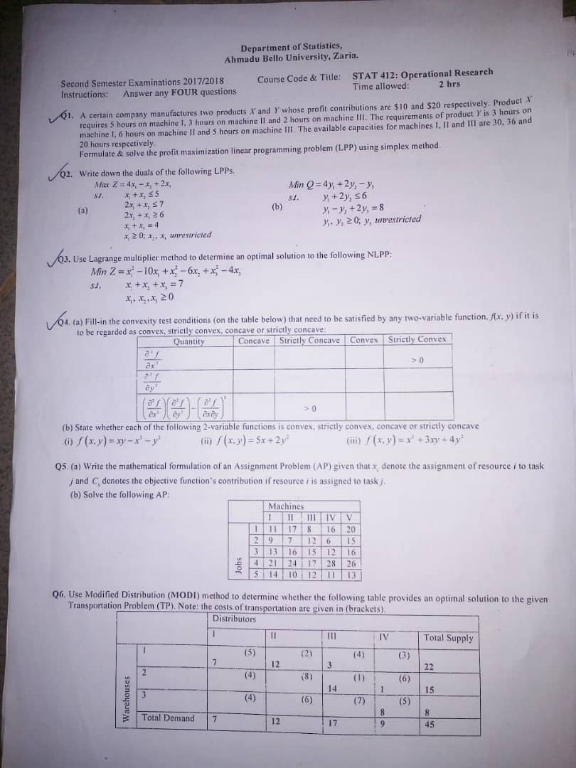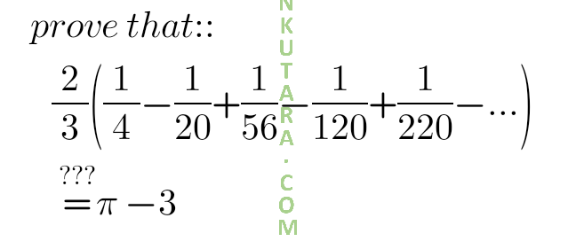
Operation ResearchQuestion and Answers: Page 2
Question Number 139152 Answers: 0 Comments: 0
$${wich}\:{program}\:{to}\:{run}\:\:{genetic}\:{algorithm}? \\ $$
Question Number 137575 Answers: 0 Comments: 0

Question Number 137574 Answers: 0 Comments: 0

Question Number 137347 Answers: 1 Comments: 0
Question Number 137059 Answers: 0 Comments: 0
Question Number 136645 Answers: 0 Comments: 0
Question Number 135647 Answers: 0 Comments: 0
Question Number 135127 Answers: 1 Comments: 0
$$\int_{\mathrm{0}} ^{\mathrm{1}} {log}^{\mathrm{2}} \left(\Gamma\left({x}\right)\right){dx} \\ $$
Question Number 130827 Answers: 1 Comments: 0
Question Number 129131 Answers: 0 Comments: 5
$${Solve}\:\:\mathrm{134}^{{x}+\mathrm{1}} =\mathrm{16}^{{x}} −\mathrm{768} \\ $$
Question Number 129102 Answers: 1 Comments: 0

Question Number 124041 Answers: 1 Comments: 1
Question Number 123826 Answers: 1 Comments: 1
Question Number 119150 Answers: 2 Comments: 0
Question Number 113901 Answers: 0 Comments: 4
$${when}\:{do}\:{I}\:{use}\:\mid{x}\mid \\ $$$${for}\:\sqrt{{x}^{\mathrm{2}} }? \\ $$
Question Number 112813 Answers: 0 Comments: 2
Question Number 111105 Answers: 1 Comments: 1
$$\mathrm{y}''+\mathrm{2y}'+\mathrm{y}=\mathrm{e}^{−\mathrm{2x}} +\mathrm{2x}+\mathrm{3} \\ $$
Question Number 109888 Answers: 3 Comments: 0
$$\mathrm{2}^{{x}+\mathrm{5}} =\sqrt{\mathrm{8}^{{x}} } \\ $$
Question Number 108476 Answers: 2 Comments: 0
Question Number 108406 Answers: 1 Comments: 0
Question Number 107320 Answers: 1 Comments: 6
Question Number 106860 Answers: 0 Comments: 3
Question Number 104342 Answers: 1 Comments: 0
Question Number 104132 Answers: 0 Comments: 0
Question Number 103969 Answers: 1 Comments: 0
Question Number 103008 Answers: 2 Comments: 0
$$\frac{{dy}}{{dx}}\:−\:{y}.\mathrm{tan}\:{x}\:=\:{e}^{{x}} .\mathrm{sec}\:{x} \\ $$
